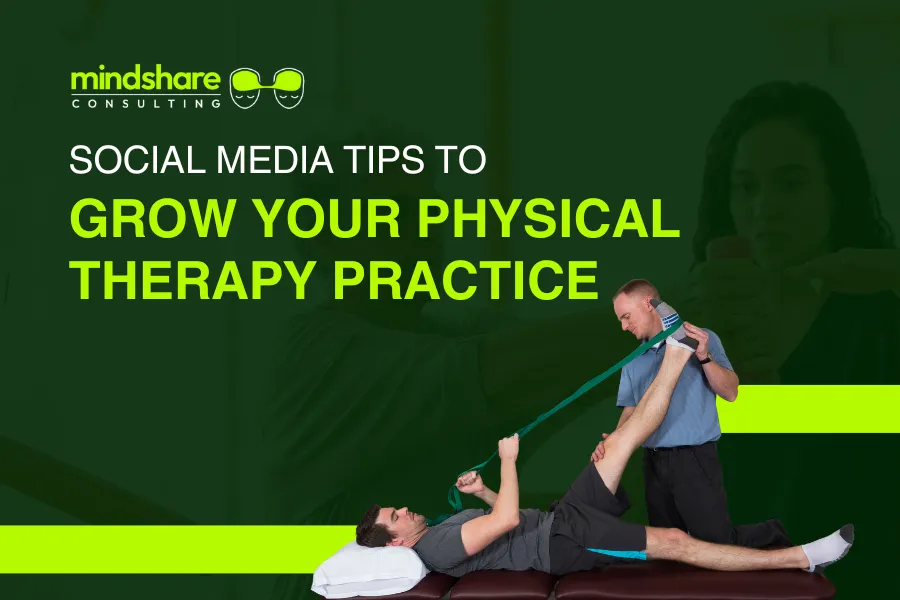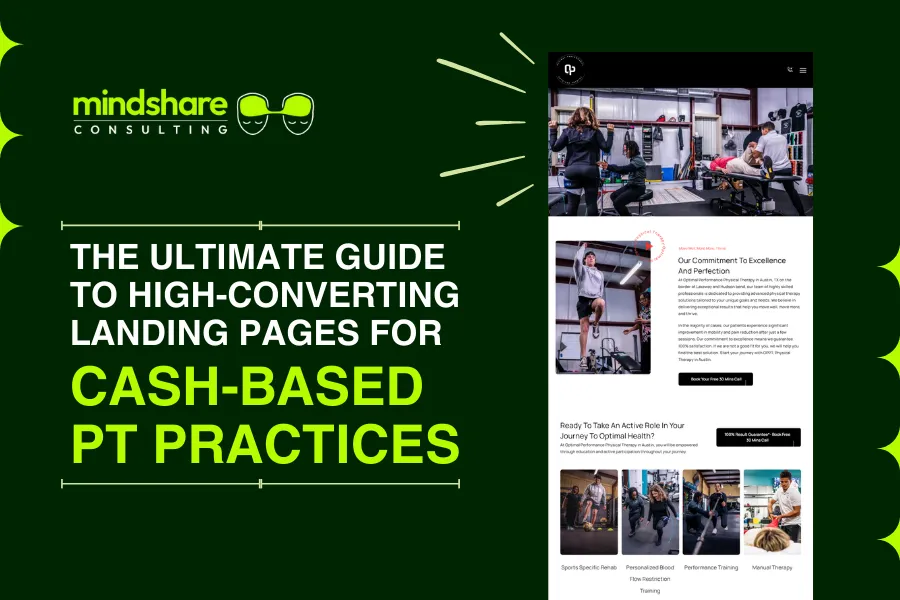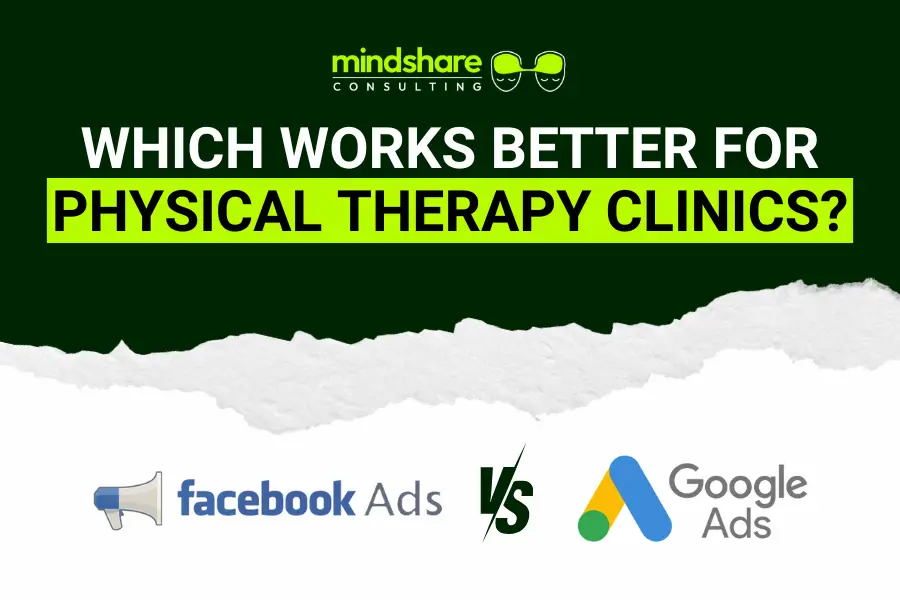Want to grow your physical therapy clinic and reach more people in need of your services? Social media might just be your secret weapon. Whether you’re just starting out or looking to refresh your strategy, these social media marketing tips for physical therapists will help you connect with your community, boost your brand, and fill up your appointment calendar.
Social media isn’t just for viral dances or pet videos anymore. For physical therapists, it’s a game-changing tool to connect with patients, build trust, and grow your clinic. In 2025, more people than ever are searching online for health advice, injury prevention tips, and recovery stories. If you’re not leveraging social media, you’re missing out on a massive opportunity to educate, inspire, and engage your audience.
This guide reveals the best social media marketing tips for physical therapists—packed with actionable strategies, current data, and real-world examples. Whether you’re new to social media or looking to level up your game, these tips will help you stand out and attract more patients.
Power Up Your Brand: Why Social Media Matters for Physical Therapists
Did you know that 84% of patients search online before choosing a physical therapist? Social media is where your future patients are hanging out, asking questions, and looking for trustworthy advice. Here’s why it matters:
- Demonstrate Expertise: Share your knowledge through exercise demos, rehab stories, and injury prevention tips to show you’re a leader in your field.
- Build Trust: Real patient stories and transparent communication help people feel comfortable before they even walk in your door.
- Foster Community: Social media creates a space for patients to interact, ask questions, and share their progress.
By consistently showing up online, you make your clinic the obvious choice when someone needs help.
Ready to put your strategy into motion? These 10 proven tips will help you attract more patients, boost engagement, and build lasting trust—one post at a time.
1. Build a Winning Social Media Strategy
You wouldn’t treat a patient without a plan—and the same goes for social media. A solid strategy is the backbone of effective digital marketing.
Start by setting SMART goals (Specific, Measurable, Achievable, Relevant, Time-bound).Want to increase followers by 20% in three months? Great! Need more bookings for your new clinic location? Awesome! Know where you’re going.
Next, identify your target audience. Are you trying to reach seniors with back pain, athletes recovering from injuries, or parents looking for postnatal therapy? Your content should speak directly to their needs.
2. Choose the Right Platforms
Not all platforms are created equal—especially in healthcare. For physical therapists, platforms like Facebook, Instagram, and YouTube often deliver the best results.
- Instagram: Great for visual content—before-and-after stories, exercise demos, or team intros.
- Facebook: Ideal for longer posts, community engagement, and event promotion.
- YouTube: Perfect for educational videos that build trust and boost SEO.
Avoid stretching yourself too thin. Start with one or two platforms, master them, and expand later.
3. Share Valuable, Educational Content
People don’t follow physical therapists for sales—they follow for value. Your audience wants helpful tips, not hard pitches.
Post content that solves problems: posture tips, injury prevention techniques, rehab exercises, and quick stretches. Use clear, simple language and demonstrate real-life applications.
Example: A “5-minute stretch to relieve neck tension” video can attract thousands of views and position you as a go-to expert.
4. Humanize Your Brand
Social media is social. Show the human side of your practice!
Introduce your team, share behind-the-scenes moments, and celebrate patient milestones (with permission). These posts build emotional connection and trust.
Even lighthearted content—like a team birthday or a wellness challenge—makes your brand more relatable and engaging.
5. Engage Consistently with Your Audience
Engagement isn’t a one-way street—it’s a conversation.
Reply to comments. Answer questions. Like and share relevant posts from local businesses. These small actions show you care and increase visibility in your followers’ feeds.
Also, ask questions in your posts. Example: “What’s your favorite stretch for back pain?” This sparks conversation and boosts engagement.
6. Use Testimonials and Success Stories
Social proof is powerful. Share real stories of patients (with their consent) who’ve benefited from your services.
Use short videos or written testimonials that outline the challenge, treatment, and results. These can reassure potential clients and build trust.
Consider repurposing testimonials as Instagram Reels or YouTube Shorts to maximize reach.
7. Plan Your Content in Advance
A content calendar keeps you consistent without the stress.
Use tools like Viralpep to schedule posts. Plan weekly themes like “Mobility Monday” or “Wellness Wednesday.”
Batch-creating content helps too—film three videos in one go, write five captions in one session. Future-you will thank you.
8. Leverage Local Hashtags and SEO
Want to attract local clients? Speak their language.
Use geo-targeted hashtags like #ChicagoPT or #SeattleBackCare. Mention your location in bios, posts, and captions. Combine this with a well-optimized Google Business profile and website content to boost your local SEO.
This way, you’ll show up when someone Googles “physical therapist near me.”
9. Collaborate with Local Influencers
Don’t underestimate partnerships.
Work with local health influencers, yoga studios, or gyms. Co-host Q&As, run giveaways, or simply cross-promote content.
These collaborations expose your clinic to a wider but highly targeted audience—and increase your credibility.
10. Track, Analyze, and Adjust
Data tells a story—listen to it.
Use platform insights to understand what’s working. Which posts get the most views or engagement? When is your audience most active?
Use that info to adjust your strategy. Marketing is part art, part science—and always evolving.
Choose Your Platforms Wisely (Quick Recap)
Not all social media platforms are created equal. The best marketing tips start with choosing the right channels:
- Instagram: For visual storytelling—before-and-after photos, exercise videos, and clinic life snippets.
- Facebook: For engaging local audiences, Q&As, and event promotions.
- TikTok: Great for short, fun videos that humanize your practice and attract younger audiences.
- LinkedIn: Ideal for networking with other healthcare professionals and sharing insights.
Pro Tip: Don’t try to be everywhere. Start with one or two platforms where your ideal patients spend time, and grow from there.
Mindshare Consulting Inc: Your Partner for Social Media Success
If all this feels overwhelming, you’re not alone. Mindshare Consulting Inc offers top-rated social media marketing services for physical therapists and healthcare clinics. Their experts help you:
- Build a strong online presence
- Engage with your ideal audience
- Drive real, measurable results across platforms
They use proven strategies, data-driven insights, and creative campaigns to help your clinic stand out.
Ready to unlock your clinic’s full potential? Visit Mindshare Consulting Inc for a free, personalized proposal.
FAQs
What are the best social media platforms for physical therapists?
Instagram, Facebook, TikTok, and LinkedIn are the top choices for reaching and engaging patients.
How often should I post on social media?
Aim for 2–3 posts per week to stay consistent without burning out.
What content works best for physical therapy marketing?
Patient stories, exercise demos, quick tips, and live Q&A sessions drive the most engagement.
How do I measure social media success?
Track likes, shares, comments, and appointment bookings from social media analytics tools.
Should I use paid ads for my clinic?
Yes, online ads can triple patient inquiries compared to traditional marketing.
How can I get more followers?
Engage with your audience, use relevant hashtags, and encourage patients to share your content.
Is it okay to share patient stories?
Yes, but always get written consent before posting any patient information or photos.
What’s the biggest mistake clinics make on social media?
Being inconsistent or only posting ads instead of valuable, authentic content.
How do I handle negative comments?
Respond calmly, address concerns, and take conversations offline if needed to resolve issues professionally.
Where can I get expert help with social media marketing?
Contact Mindshare Consulting Inc for tailored strategies and support.














